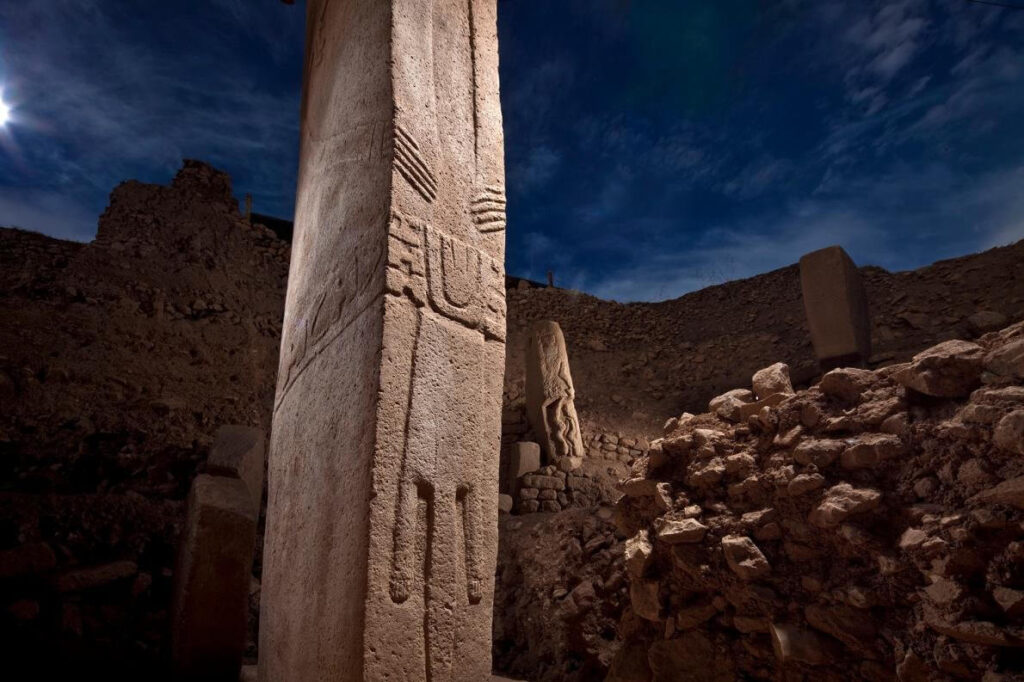Did Another Advanced Civilization Exist On Earth Before Humans?
Graham Hancock is considered a connoisseur when it comes to “advanced human societies before the one we know,” that is, the “mother culture” that preceded later ancient civilizations.
Although the idea of ancient civilizations and their possible technology is considered by some to be “pseudo-scientific”, there are many indications that reveal a possible use of advanced technological mechanisms in the remote past.
If we eliminate the idea of aliens who came to instruct our ancestors, some of the ideas that Hancock has contributed over time remain as a result.

History tells us that human’s pre-primitive achievements were not technically advanced but the megaliths and artefacts and thought processes, as best as can be determined, that appear strangely out-of-sync with what was achieved by our ancient ancestors.
This indicates something that may have preceded what our civilization was capable of and what it accomplished somewhat after about 10,000 B.C.
The underground and underwater structures and some blatant artefacts would seem to have a premise based on the knowledge that was once known, and showing up in situ or in ancient texts that have gone missing because of human destruction or environmental catastrophes: the fire that wiped out the works in the Library of Alexandria (48 BC) or the Eruption of Vesuvius (79 AD), not to mention the great flood registered in ancient texts as a “mythic” event that “destroyed the (known) world.”

The Göbekli Tepe structures indicate a pre-10,000 society with an interesting, and out-of-sync mindset just before the Sumerian (Mesopotamian) societies appeared, from which we have records and evidence.
If one takes Erich von Däniken’s “theories” in “Chariots of the Gods?” and supplant them, replace them, with Graham Hancock’s thinking, the idea of an earlier, brighter humanity was extant on the Earth, one will have something not as rabid as the ET thesis.
But what could happen to that brilliant and amazing ancient human civilization? It is a very difficult answer to give.
However, as in any society that reaches a high point, problems like environmental adversities, overpopulation, wars, etc. arise.
And although we do not have an answer to this enigma, we can sketch some possibilities by observing the current scenario and complementing it with past findings.
Possibly history repeats itself, the history of our civilization.





